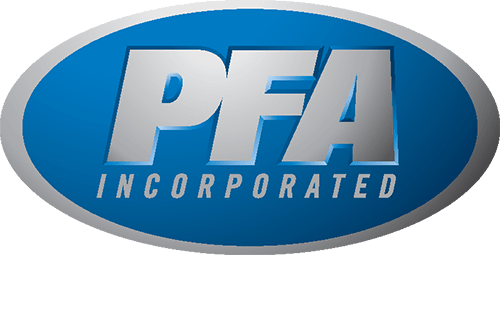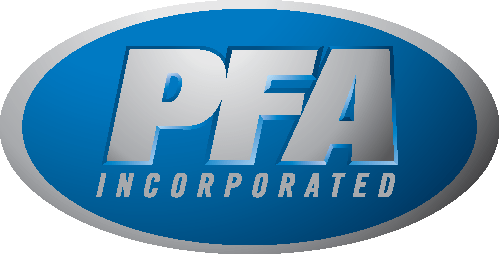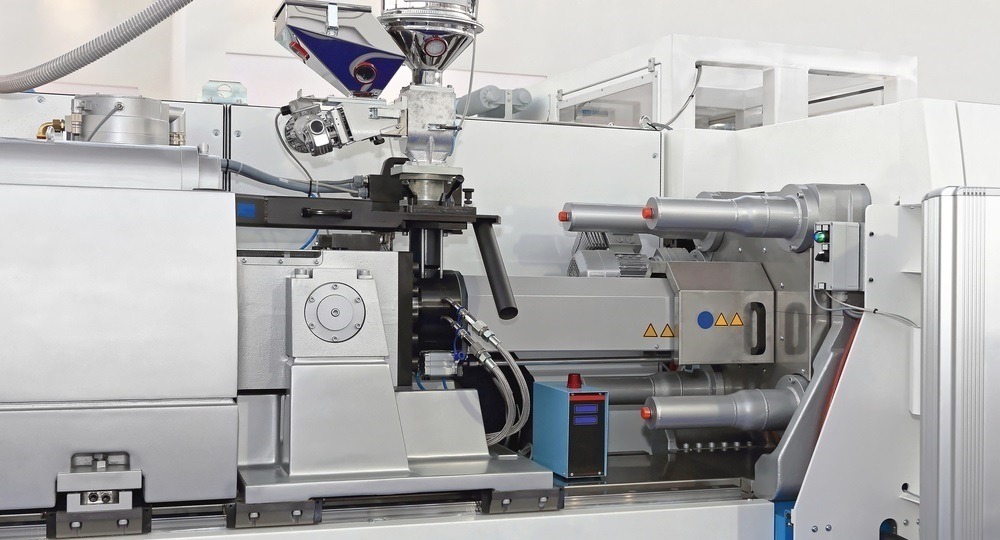Injection molding is quickly taking over the world! Ok, maybe not the world, but its relevance is increasing daily. As regular citizens of society and users of molded goods, we know we love the products created, but that is about it. This article will help you explore the different components involved in the injection molding process.
Injection Unit
The injection unit of an injection mold system consists of other main components, and the purpose of this unit is to collect the raw materials, melt them into a liquid state, and then inject them into the molds. The injection unit comprises the Hopper, the Barrel, and the Reciprocating Screw.
Hopper
The hopper is where it all begins. This is where the plastic material is poured before it goes into the molds. The hopper has specific features and components within itself to ensure that the material is not contaminated and the molds are top-of-the-line. A drying unit is installed to ensure no water or moisture is added to the material. Several magnets are also installed to prevent unwanted metal shavings from entering the mold.
Barrel
The barrel is the next stop. The barrel is where the plastic material is transported, compacted, melted, agitated, and finally pressed into the injection mold. The temperature must be regulated in the barrel to maintain the appropriate temperature for different materials.
Reciprocating Screw
The reciprocating screw feeds the material from the hopper to the barrel. The turning motion allows flights of material to be added to the barrel. This allows for a more uniform heating process. The reciprocating screw produces most of the heat for melting, and the turning motion pushes flights together, creating friction and allowing the pellets to melt.
Heaters and Nozzle
The heater does just that, heats the barrel to the correct temperature to create a liquefied plastic material inside. There are many types of heaters, all used for different types of materials. The nozzle is the final stop before entering the injection mold. Located at the bottom of the barrel, the nozzle pushes the material into the molds. It can also filter the material used and even shut off the flow if any leaks are detected.
Extraction/Ejector Pins
Injection molds are created to have a top, A side, and a bottom, B side of the mold. The extraction pins are located on the injection mold’s bottom, B side. Once the A side is lifted, the molded product is left on the B side. The pins then help lift the cooled product out of the B side. There are many types of extraction pins available for injection molding. The difference in the types of pins is based on their heat treatment and coatings.
Clamping Unit
The clamping unit controls the opening and closing of the molds. This system consists of two large clamping plates holding the molds. When the mold is ready to use, the clamping system will close, pressing the two halves of the mold into place. When the products are cooled, the clamping system opens, allowing for the products to be removed or dumped in a bin. Clamping systems come in two main types, hydraulic and toggle. Hydraulic clamping systems that use hydraulic cylinders are usually automated. Toggle systems are held together with a series of linkages.
Hydraulic Unit
The hydraulic unit is possibly the most important component of the injection mold system. This unit controls all of the moving parts in the entire process. The nozzle approach, screw rotation, extraction pins, and clamping units are some of the main things that the hydraulic unit controls. The granule plastic material also requires a steady movement to heat and move through the system properly. Without the hydraulic unit, the integrity and quality of the molds would be compromised.
Why Choose PFA, Inc. for Injection Molding Components?
The injection mold industry is not going anywhere, so it is best to educate yourself on the entire process. No matter what a manufacturer’s needs may be, PFA, Inc. is sure to have the right products to help. For more information about how our products improve your plastic injection molding processes, visit our products page. If you need immediate assistance, reach out at our contact us page or call us at (262) 250-4410!


